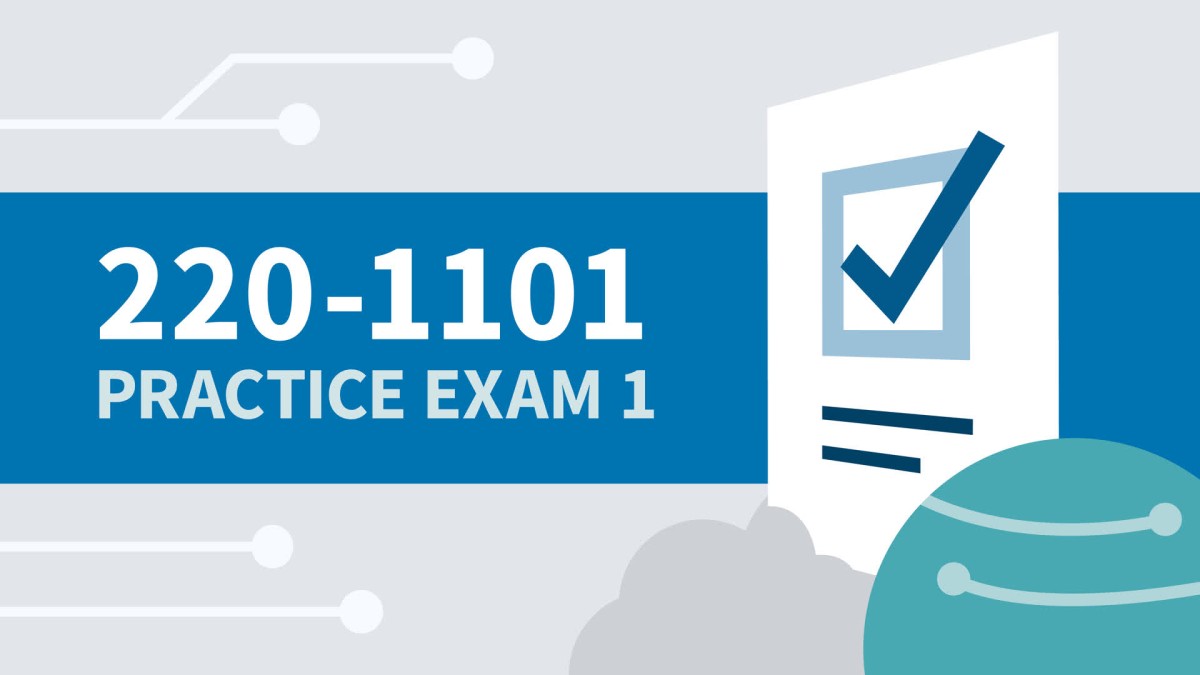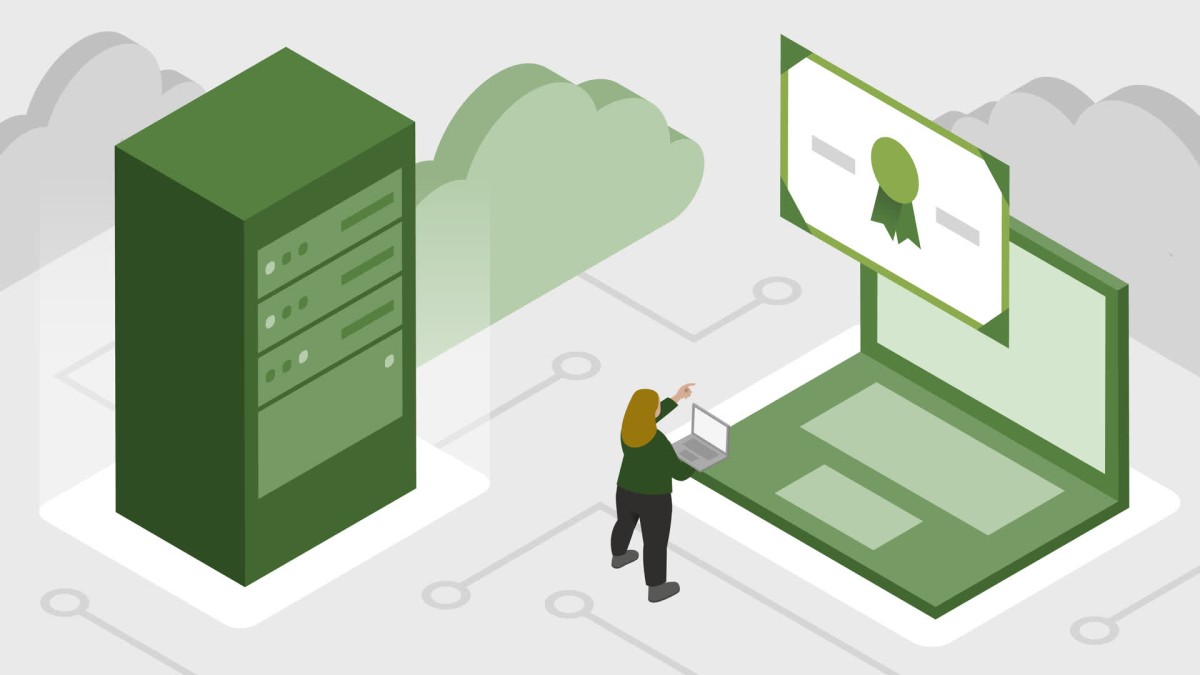All about the CompTIA A+
What is the CompTIA A+?
()
Why get CompTIA A+ certified?
()
How to take the A+ exam
()
What's on the CompTIA A+ Core 2 (220-1101) exam?
()
How to pass the CompTIA A+ exams
()
How to use this video course
()
1. Safety and Professionalism
Professional communication: Part 1
()
Professional communication: Part 2
()
Dealing with difficult customers
()
Physical safety
()
2. The Visible Computer
Common safety procedures
()
What is an operating system?
()
Users and super users
()
Why Windows?
()
Touring Windows 10 and 11
()
Touring macOS
()
Touring Linux OS
()
3. Power Supplies
Power protection
()
4. Mass Storage Technologies
Boot order
()
5. Implementing Mass Storage
Understanding partitioning
()
MBR partitioning
()
GPT partitioning
()
Understanding file systems
()
Popular file systems
()
Formatting in action
()
Dynamic disks
()
New installation: First drive
()
Software RAID in storage spaces
()
Encrypting mass storage
()
Maintaining storage disks
()
6. Essential Peripherals
Understanding USB
()
Webcams and video conferencing
()
7. Installing and Upgrading Operating Systems
Windows 10 editions and features
()
Windows 11 editions and features
()
Boot from everything
()
Installing and upgrading Windows 10
()
Post-installation tasks
()
Installing and updating Linux
()
Upgrading macOS
()
8. Working with Operating Systems
The Task Manager
()
The Control Panel
()
Windows settings
()
MMC and additional tools
()
What is the Registry?
()
macOS core tools
()
9. Users, Groups, and Permissions
Introduction to users and groups
()
Managing users and groups
()
NTFS permissions
()
Linux and macOS permissions
()
File explorer
()
Sharing resources
()
Security policies
()
10. Maintaining and Optimizing Operating Systems
Maintaining Windows
()
Maintaining macOS
()
Maintaining Linux
()
Working with applications
()
Backing up your data in Windows
()
Backing up your data in Linux and macOS
()
11. Working with the Command-Line Interface
Understanding the CLI
()
Navigating the CLI
()
Working with folders
()
Working with files
()
Working with drives
()
Super copy commands
()
Command-line permissions
()
Advanced Windows commands
()
Advanced Linux commands
()
Introduction to scripting
()
Interpreted languages
()
Scripting and the terminal
()
12. Troubleshooting Operating Systems
Windows Recovery Environment
()
Advanced Windows start-up options
()
Troubleshooting boot problems
()
Troubleshooting at the GUI
()
Troubleshooting applications
()
Kernel panic
()
13. Local Area Networking
Introduction to TCP/IP
()
Network IDs and subnet masks
()
Special IP addresses
()
Network address translation (NAT)
()
Dynamic IP addressing
()
Working with connections
()
Understanding DNS
()
Working with DNS
()
Windows naming
()
Working with workgroups
()
Working with active directory
()
Windows sharing with macOS and Linux
()
The net command
()
Routers
()
Basic router configuration
()
Firewall configuration
()
Windows firewall
()
Port forwarding
()
Advanced router configuration
()
Virtual LANs (VLANs)
()
14. Wireless Networking
Basic setup
()
Wireless encryption
()
Connecting to a Wi-Fi network
()
Enterprise wireless
()
Troubleshooting wireless connections
()
15. The Internet
Telnet and SSH
()
Remote desktop connections
()
The World Wide Web
()
File Transfer Protocol (FTP)
()
Proxy servers
()
Virtual private networks (VPNs)
()
Internet of Things (IoT)
()
Troubleshooting internet connections: Part 1
()
Browser security
()
16. Portable Computing
Power management
()
17. Mobile Devices
Touring Android
()
Touring iOS
()
Virtual reality
()
18. Maintaining and Securing Mobile Devices
Maintaining mobile devices
()
Mobile devices and email
()
Mobile device security
()
Mobile device troubleshooting
()
19. Securing Computers
Threats
()
Dealing with threats
()
Physical security
()
Passwords and authentication
()
Multifactor authentication (MFA)
()
Malware
()
Anti-malware
()
Social engineering
()
Licensing
()
Incident response
()
Environmental controls
()
Malware in action
()
20. Operational Procedures
Documents you need to know
()
Data you need to know
()
Change management
()
The zen of backup
()
Recycling and data destruction
()
Ticketing systems
()



